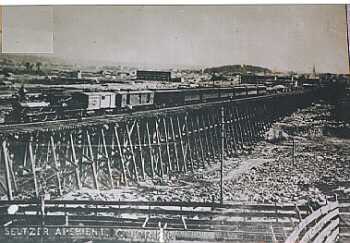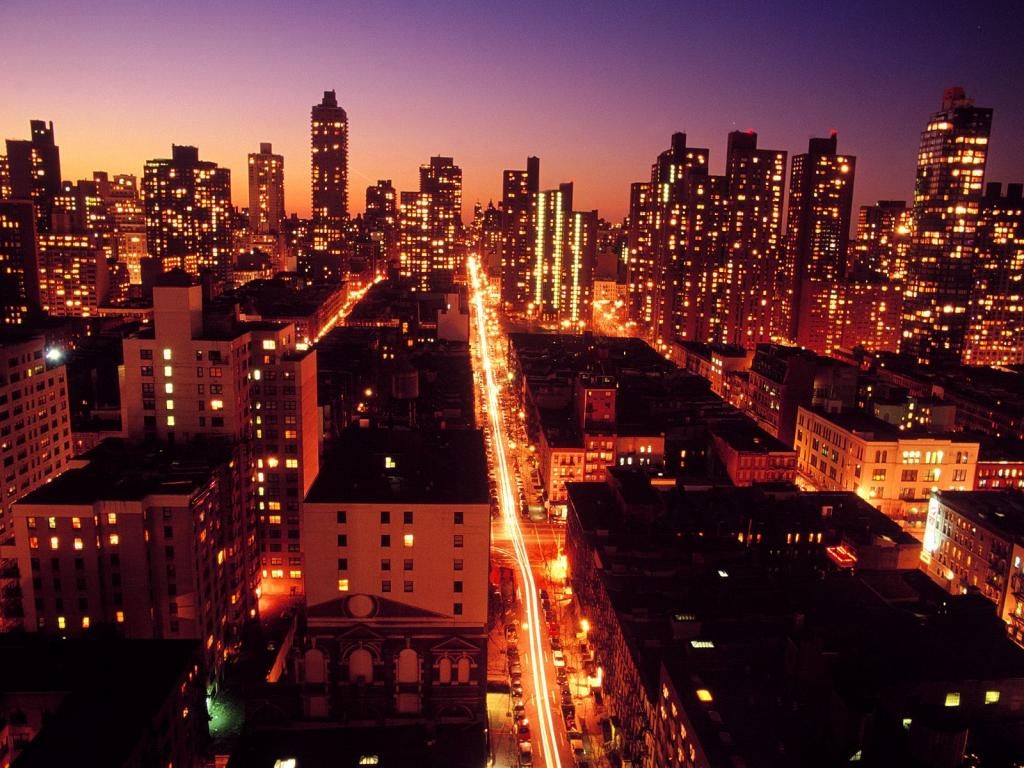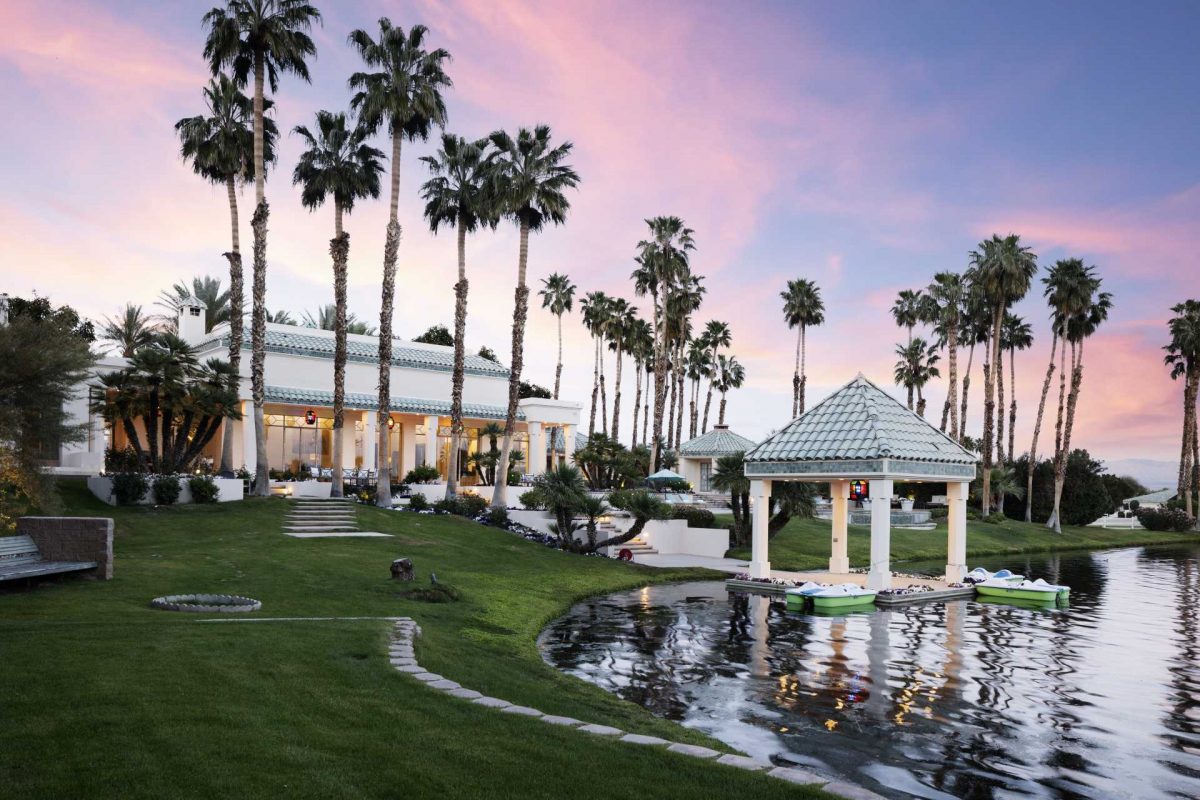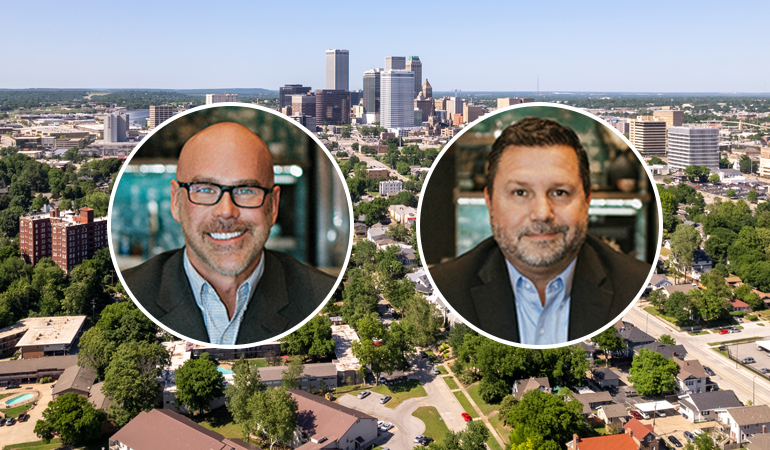Manhattan’s Upper East Side (UES) is one of the most expensive neighborhoods in the United States. Many of the most prominent families, such as the Astors, Rockefellers, Roosevelts, Kennedys, Whitneys, and Dukes (to name a few), have resided in the nation’s highest concentration of wealth – the Upper East Side.
Before Europeans settled the New City York area, Native Americans fished along the East River Bluffs. As immigrants spread into Manhattan, the Upper East Side became a hub for rural farmlands and market gardens.
In 1837, the New York and Harlem Railroad began to increase commercial traffic to the mostly rural northern areas of New York City. The area around 86th Street would become the center of growth for the commercialization of the Upper East Side and would eventually be known as Yorkville. Yorkville became a suburb of middle class Germans, extending from 79th Street to 96th Street and bounded by Third Avenue on the west and the East River on the east. The area also includes present-day Gracie Mansion, the official home of the New York City mayor. Most local residents worked in nearby piano factories, stables, and breweries. As the commercialization spread, the farmlands were subdivided, with the exception of 66th to 76th Streets and from Third Avenue to the river, which became Lenox Hill, named after James Lenox.
Foreign and American immigrants flooded New York City in the second half of the 19th century. This sparked a development boom that pushed populations outside of the settled downtown districts of the time. By the 1880s, the Upper East Side had become a prime location for residential real estate and development. This was caused by the completed construction of elevated railroads on Second and Third Avenues.
By the early 1890s, the area was full of residences for those who commuted downtown for work. Neo-Grec, Queen Anne, or Romanesque Revival style houses (row houses) were built for sale to the middle class while homes along Fifth Avenue were much pricier lots. Further East, large tenements accommodated the high number of working class people.
By the early 1900s, development expanded northward and row houses were torn down to accommodate more elegant residences. After the trains along Park Avenue were covered and electrified, the real estate along Park Avenue’s tree-lined streets became prime land for developers and wealthy individuals. This area continued development as new schools, churches, synagogues, social clubs, museums, and shops took hold. Many of these institutions rose to international prominence and solidified the Upper East Side as a premier residential neighborhood.
In the 1910s, the Upper East Side’s reputation as the premier elite residential destination combined with the escalation of land values and the introduction of the income tax in 1913 brought major mansion and townhouse construction to a halt. Only the nation’s wealthiest could afford to reside in the area.
Luxury apartment buildings began to be constructed during the early 20th century to accommodate the large numbers of people who were eager to move to the area. The Upper East Side luxury apartment boom continued for twenty years and was only halted by the Great Depression and the Second World War. In 1934 the East River Drive was completed under the direction of Robert Moses, creating an arterial street-lever highway from 92nd Street to 125th Street. The newly-increased accessibility of the area paced the way for new development and commerce in the Upper East Side. From 1948 to 1966, regular construction on this highway created FDR Drive, spanning the length of the East Side of Manhattan. Robert Moses’s impact on the Upper East Side didn’t end with the FDR Drive.
In 1942, under the leadership of New York City Mayor Fiorella LaGuardia, Robert Moses appropriated Gracie Mansion as the official New York City mayoral residence. Gracie Mansion was the last remaining suburban villa overlooking the East River. Only visiting public officials and the mayor’s family can stay with the mayor overnight at the mansion and it may only be used for official city business. While Bloomberg did not reside in Gracie Mansion, most mayors in New York City have lived in the famous house, including NY’s recently elected mayor, Eric Adams, who moved into the famous house in early 2022.
The Upper East Side has flourished and remained a neighborhood of cultural influence and diversity. It is home to New York City’s key cultural elements as well as top rated nightlife, restaurants, churches, and schools. Learn more about the Upper East Side in our neighborhood guide.





